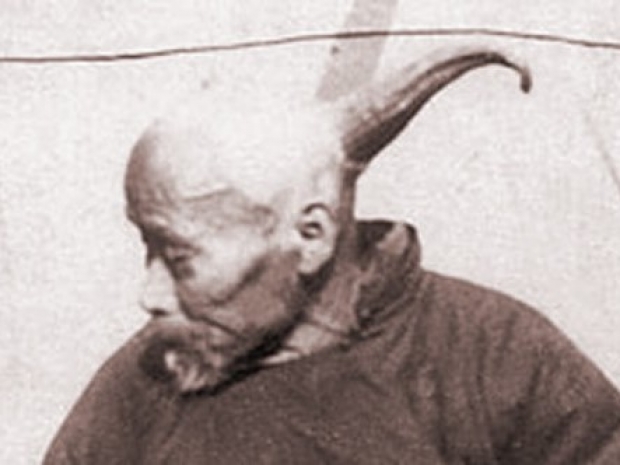The spike can be found on the back of your skull, just above your neck and it is believed be caused by your body responding to smartphone use by growing new layers of bone.
In the medical world it is known an external occipital protuberance and David Shahar, a health scientist at the University of The Sunshine Coast, Australia, told BBC.com that in the last decade of his 20-year career he has noticed more patients have the protrusion which was once considered rare.
French scientist Paul Broca first noticed the spike in 1885. However it was rare.
In a study published in the Journal of Anatomy in 2016, Shahar and his co-author described how he had been spotting external occipital protuberances more often in x-rays of relatively young patients at his clinic. To find out more, he looked at 218 radiographs of the lateral cervical spine, where the external occipital protuberance appears, of people aged between 18 to 30-years-old. A growth had to be at least 5mm-long to be counted as an external occipital protuberance, with anything bigger than 10mm classified as enlarged.
Of the group, 41 percent had the lump, with 10 percent having a spike at least 20mm long. It was more common in men than women, at 67 percent versus 20 percent. The longest was 35.7mm in a man and 25.5mm in a woman.
This build-up of bone on the external occipital protuberance is a type of enthesophytes. The bony projection on a tendon or ligament is thought to grow gradually over time, so is not expected in young people. Enthesophytes are relatively common in older people.
Shahar told BBC.com that as we look down at devices like smartphones and tablets, our necks must work to keep our heads in place. Prolonged straining could lead the body to build new bone to increase the surface area, holding up this mass.
In another study published in the journal Scientific Reports in 2018 involving 1200 participants aged between 18 to 86, Shahar's found older people were less likely to have an external occipital protuberance than younger individuals.
Shahar told BBC.com he expects external occipital protuberances to become larger: "Imagine if you have stalactites and stalagmites, if no one is bothering them, they will just keep growing."




